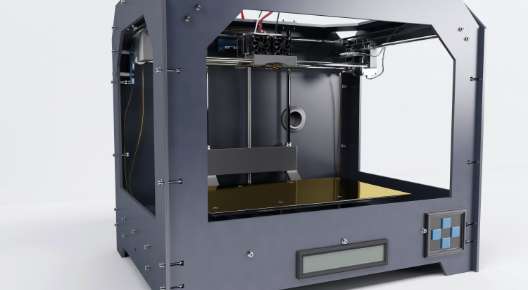
What Are The Raw Materials of Ceramics?
Ceramic material is an inorganic, nonmetallic, hard and brittle material that is used to make various ceramic products. While the history of ceramics focuses on earthenware, porcelain and brick, modern ceramics manufacturing produces a wide range of ordinary and advanced ceramics using diverse materials.
Traditional raw materials of ceramics made of clay minerals are still used to this day to create porcelain, clay bricks and stoneware. Advanced ceramics use chemical compounds like tungsten carbide and silicon carbide to create products used in medicine, aerospace, electronics and mining operations. Some advanced ceramics are even used as body armor.
What Equipment Is Necessary for Creating Ceramic?
Ceramic processing at the industrial level looks much different than making pottery at home. Industrial ceramics products are more refined, have fewer impurities and need to be produced at scale to meet the demands of their industry.
Ceramic materials need to be sorted and stored in a way that doesn't compromise the integrity of their constituents. Then they need to be combined with other ceramic materials to create the compound used in the manufacture of goods. Some typical ceramic manufacturing equipment would include:
- Storage containers
- Milling machine
- Industrial press or casting machine
- Drying station
- Glaze applicator
- Sintering oven
- Inspection table
Contemporary Ceramics Manufacturing
The process of making ceramics today looks very different from the clay ovens and kilns that tempered the first pots, though the core principles have remained. Industrial ceramics products have a high level of precision and are often made from moulds and castings. Injection molding, slip casting and dry pressing are just a few of the techniques used in advanced ceramics processing.
Injection Molding
Injection molding is a manufacturing process of advanced ceramics that functions similarly to the way plastics are made. The combined materials are heated into a molten substance and injected into a mould to produce the desired shape.
Slip Casting
As a ceramic forming technique, slip casting is used for producing shapes that are difficult to form on a potter's wheel. A liquid clay mixture is poured into a plaster mould that allows the clay to form and harden. The shapes produced by slip casting are highly precise and consistent.
Dry Pressing
Similar to powder metallurgy, dry pressing takes loose, granulated ceramic powders and compresses them inside of a die or press. The powder conforms and takes the shape of the die. Afterwards, the pressed part is heated to temper it.
The Stages of Ceramics Processing
While each stage in the ceramic manufacturing process can look different depending on the desired shape and raw materials being used, in technical ceramics, the process follows a very similar pattern.
1. Milling
The raw materials are prepared for ceramics processing through a number of different techniques. This stage is designed to separate the raw materials from any impurities that may exist and to prepare them for better mixing and forming.
2. Sizing, Batching and Mixing
Through sizing, the raw materials are refined even further depending on the intended application. Batching in ceramic manufacturing is the mixing of different raw materials into predetermined compounds. The batched materials are then mixed to give the resulting product a more homogeneous and uniform composition.
3. Forming
The raw materials have now been sized, batched and mixed into their desired amount. The ceramic materials are now formed into shape using any number of ceramic manufacturing processes. As mentioned earlier, slip casting, injection molding and dry pressing are three kinds of techniques when forming raw material. In traditional ceramics, this would be the pottery wheel stage.
4. Glazing
After being formed and left to dry, the ceramic materials are then glazed. Each glaze has different properties that will help to determine the finish of the final product. In ceramic manufacturing, glazing is usually done with spray. In particular, dried powder pressing uses glazing techniques to support the physical properties of the pressed part.
5. Firing
The firing process in ceramic manufacturing involves placing your formed and glazed greenware into a sintering oven for heat treating. The sintering process creates density and hardens the material into its final result.
Create Industrial Ceramics Products With SentroTech
Specializing in sintering ovens, casting furnaces and heat treatment applications, SentroTech is the premier name in ceramics processing. SentroTech develops high-quality furnaces for manufacturing ceramics that fit the scale of your industry and application. From ceramic manufacturing to laboratory testing, SentroTech will build a custom industrial furnace and provide ongoing support and maintenance for you. Contact us today to see how we can serve you.
Contact Us



